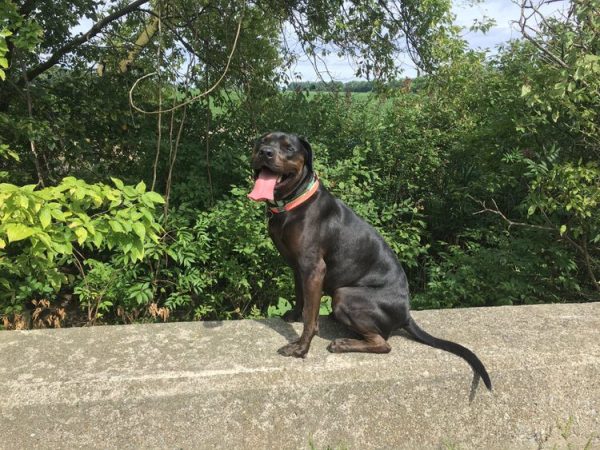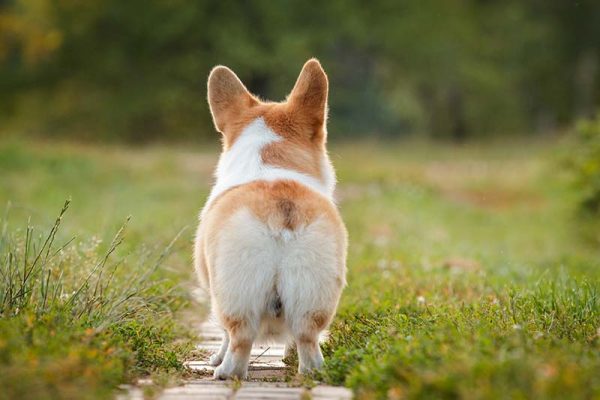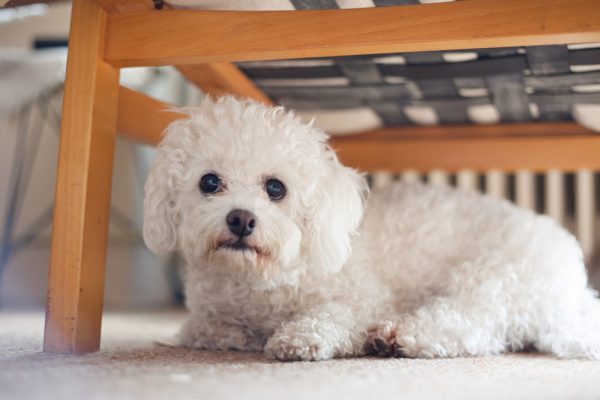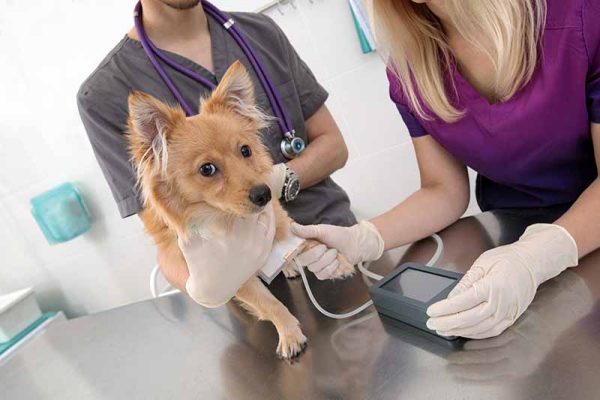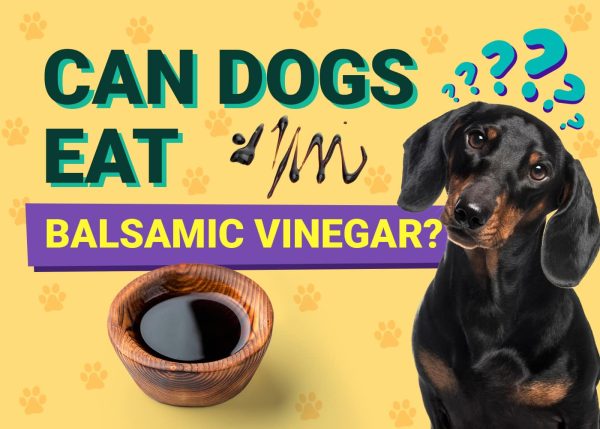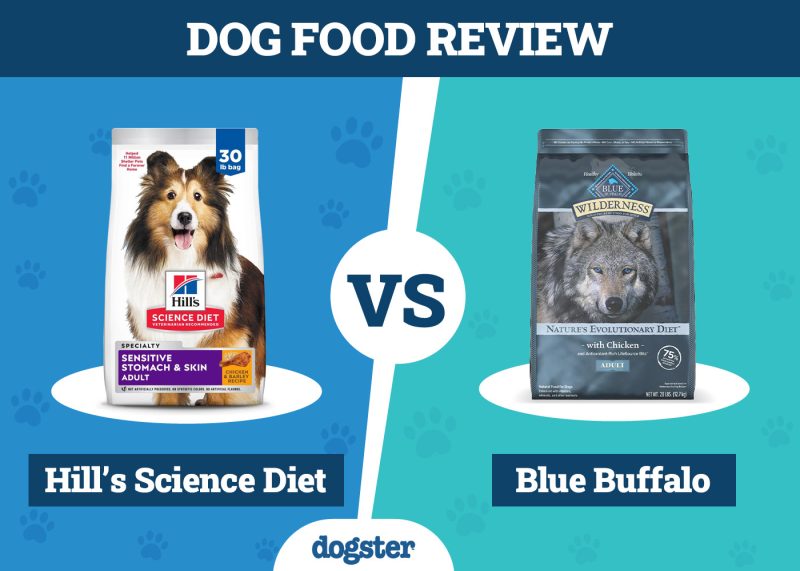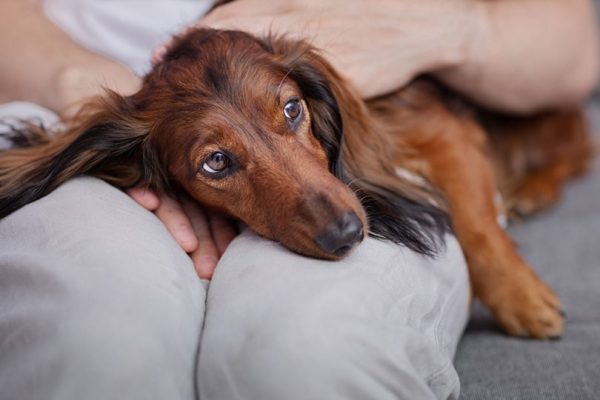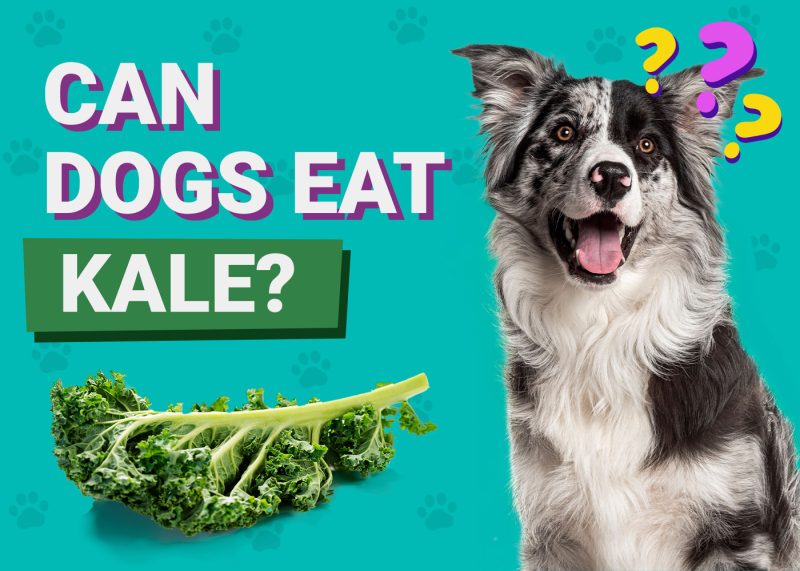In this article
As a dog owner, creating a dog-friendly backyard is crucial to keeping your four-legged companion safe. Sometimes, time is not on your side when it comes to exercising your dog, such as taking them to the dog park or scheduling a playdate with a friend’s canine. However, dogs require exercise, and creating a safe backyard can become a refuge for fun and safe play without having to go anywhere, all while still providing your dog with enrichment.
Join us to learn 8 simple tips on creating a safe oasis for your dog in your backyard.

The 8 Tips to Create a Dog-Friendly Backyard
1. Fence It In
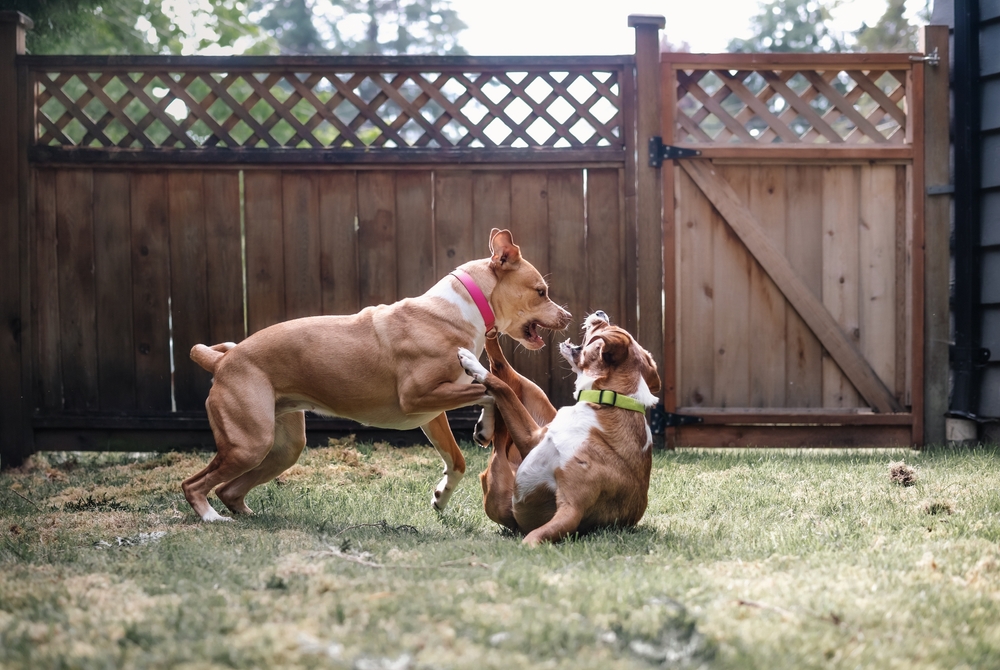
The first step should be to fence in your yard if you haven’t already. Dogs need ample space to run and romp, especially when they get the zoomies. Fences offer security for your dog to play safely, and they also add value to your home and privacy from your neighbors. You can fence your entire yard, or if you’re on a budget and have a large yard, choose a significant portion to fence in that will allow your dog to run freely. The fence should be 4 to 6 feet high depending on the size of your dog and be dog-friendly so they can’t slip through gaps or hurt themselves.
2. Create a Shady Spot

It’s important for a dog to have a shady spot to rest while playing outdoors. If you don’t have large trees that provide natural shade, you can set up a teepee or provide your dog with a well-ventilated dog house to escape the sun. If you have a large tree that provides ample shade, consider placing an elevated dog bed in that spot for a cool place for your dog to rest and cool off.
3. Provide Fresh Water (Maybe Even a Pool!)
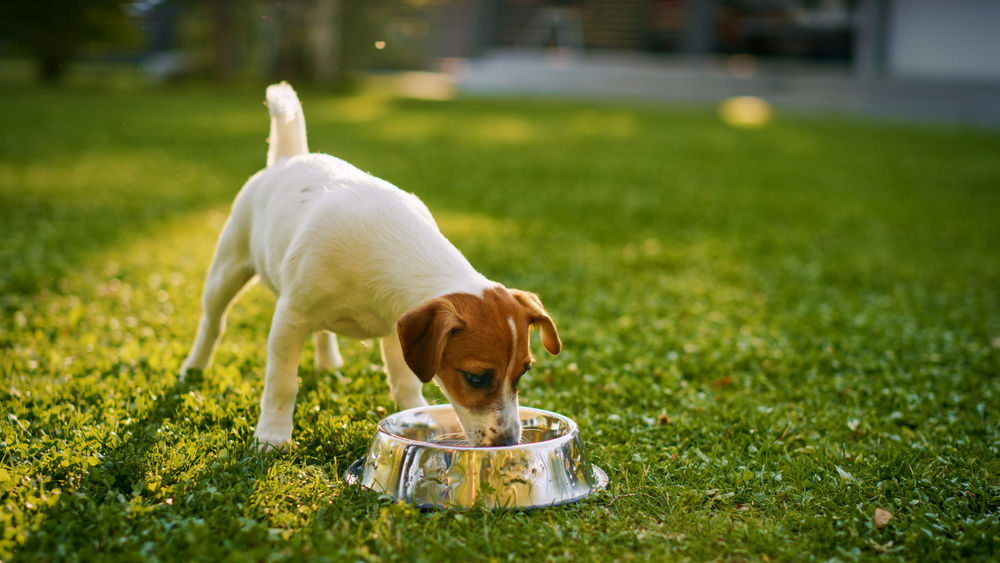
When your dog is outside playing, it’s crucial to keep plenty of clean, fresh drinking water available at all times. Stainless steel water bowls are safer than plastic because they do not harbor bacteria when cleaned properly. It’s also best to choose one with rubber bottoms to prevent spillage.
Some breeds love water, and if you don’t have a pool, consider placing a kiddie pool in your backyard for some splashing fun. A kiddie pool will also help your dog cool off on those hot summer days. Under supervision only of course!
4. Grow Dog-Friendly Flowers
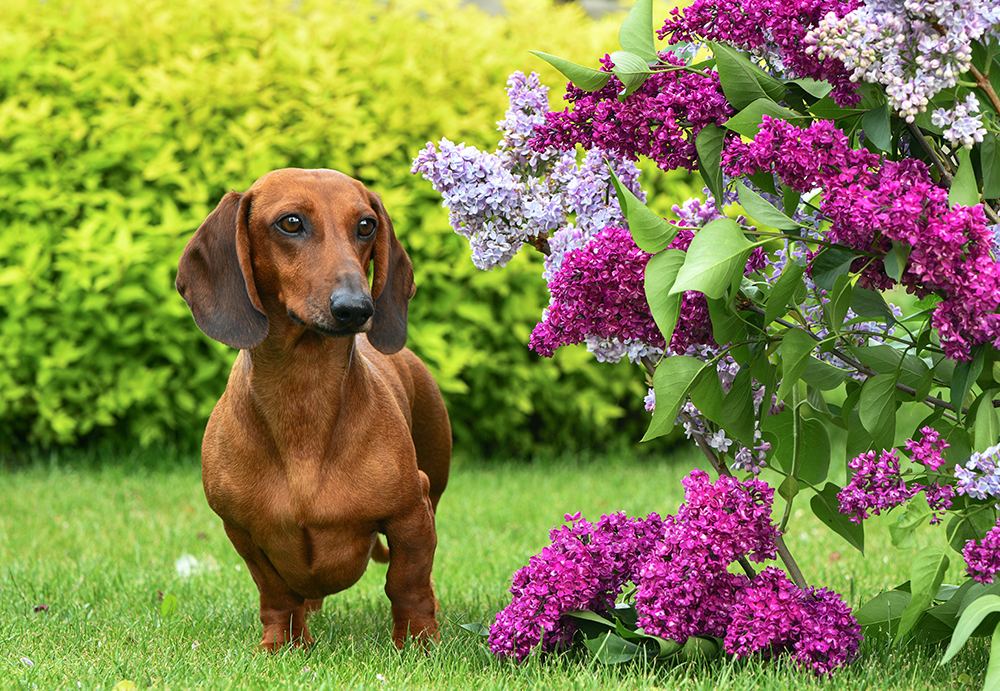
Dogs are curious by nature and love to explore. That said, you’ll need to ensure any flowers or plants you grow are safe for your doggie should they decide to take a nip to investigate. Flowers and plants add a nice décor touch and can spruce up any backyard; however, they should be non-toxic, especially if your dog has access to those flowers and plants.
5. Dedicate a Digging Area
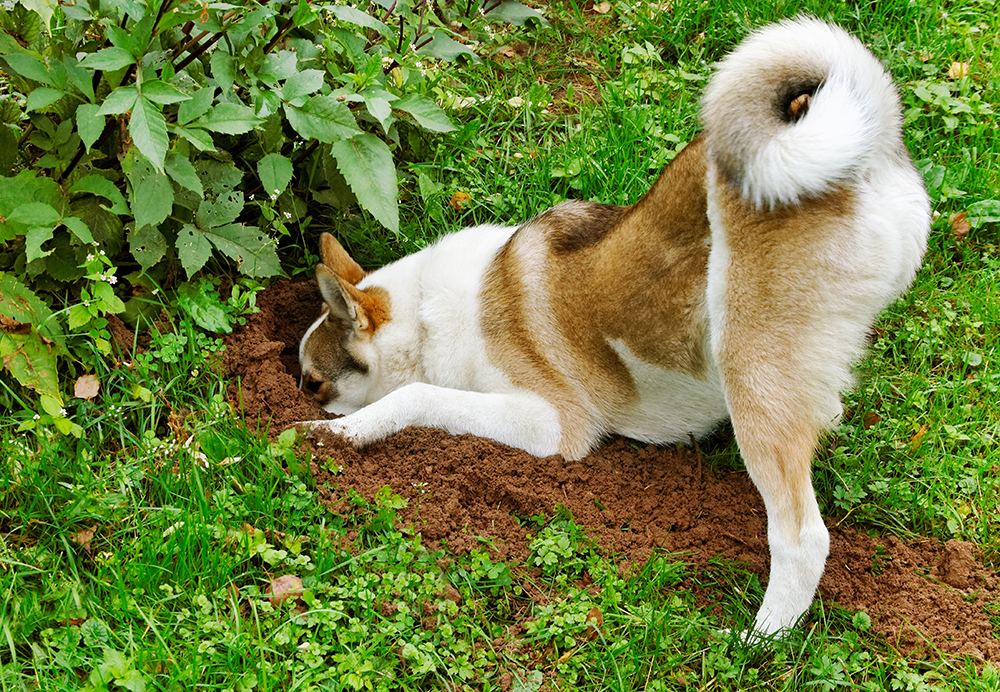
We all know that most dogs love to dig, as it’s a natural act for them. However, there are times when your dog may dig unwanted holes in your yard or dig up your precious marigolds. So, what can you do to deter this? Why, designate a digging area, of course!
If your dog is digging up your backyard, you can redirect that energy to a designated area where they can dig until their heart’s content. You can create an area with dirt, or you can even set up a sandbox for digging. As with children, cover the sandbox when not in use to prevent cats from using it as their own personal litter box, which is not hygienic.
6. Build Your Own Agility Course

Some breeds were meant for agility, such as Border Collies, Shelties, Australian Shepherds, and countless others. Agility courses are an excellent way for energetic dogs to burn off excessive energy, and if you’re a DIYer, you can create your own agility course right in your backyard.
You can build agility jumps using PVC pipe and a few connectors, and you can also build an agility A-frame with wood; the options are virtually limitless. If you don’t have the material at home to build an agility course, head to your local hardware store for supplies where the staff can help you with what you need.
7. Be Careful With Lawn Maintenance
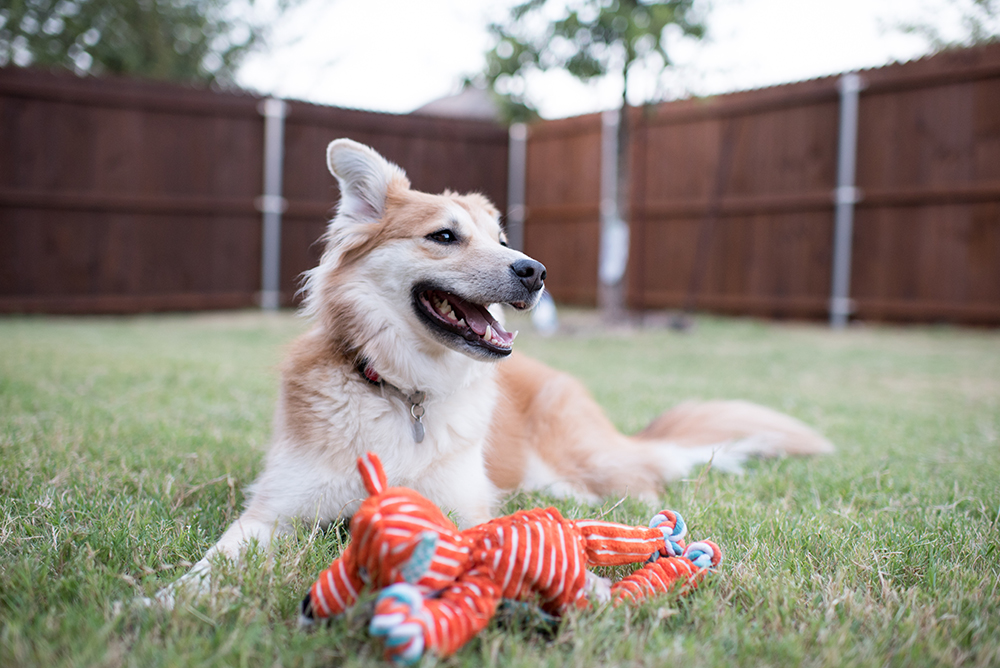
Having a weed and pest-free backyard is preferable while playing outdoors; however, what you use for pest and weed control is an important decision. Many fertilizers and weed control products are dangerous to dogs, so it’s best to choose organic products without the inclusion of harsh chemicals or weed by hand. Some herbicides are considered safe if the dog is kept off the lawn until it dries. If you’re unsure what to buy, you can seek a veterinarian’s advice on suggestions for safe, dog-friendly products for a luscious, weed-free yard.
Did you know you can speak to a veterinarian without having to travel? Just head over to PangoVet. It's our online service where you can talk to a vet online and get the advice you need for your pet — all at an affordable price!

8. Keep Pests Under Control
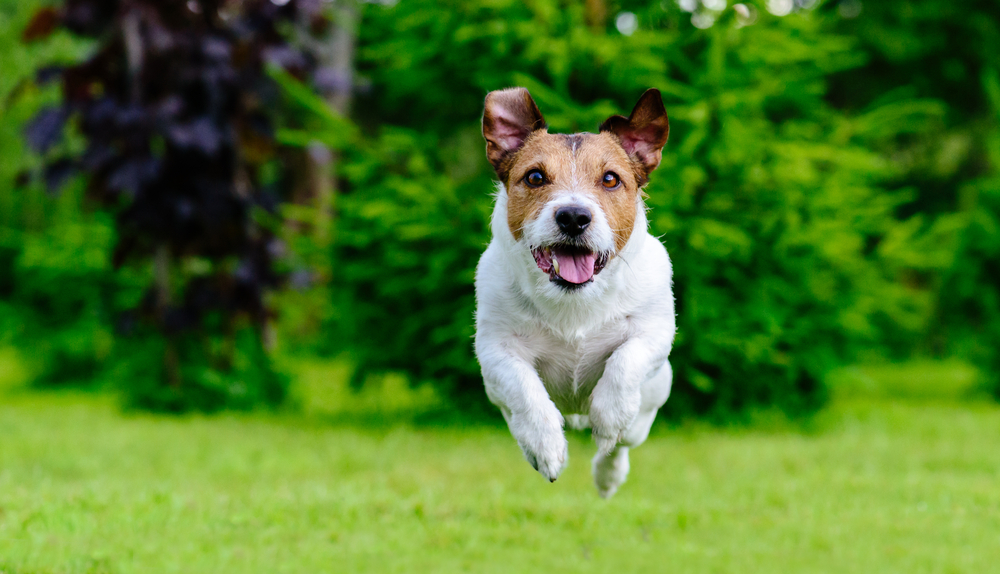
Fleas and ticks can establish themselves in your yard. Keeping your dog on parasite prevention will protect your dog and break the lifecycle of the fleas. Snails, slugs, rodents, and other pests can carry diseases harmful to dogs. You should focus on control measures that do not expose your dog to rodenticides or insecticides that can be fatal to dogs when eaten. Measures could include removing the food sources that attract them to your yard and trapping them.

Final Thoughts
It’s relatively simple to create a dog-friendly backyard for your canine pal. Remember to provide ample shade and water for your dog, and refrain from planting hazardous plants and flowers. If you have a digger, designate a digging area, and be careful with fertilizers and pest control. If you’re a DIYer, build an agility course for your energetic dog to help them burn off extra energy. Lastly, ensure your yard is secured and fenced for safe play.
Featured Image Credit: alexei_tm, Shutterstock







